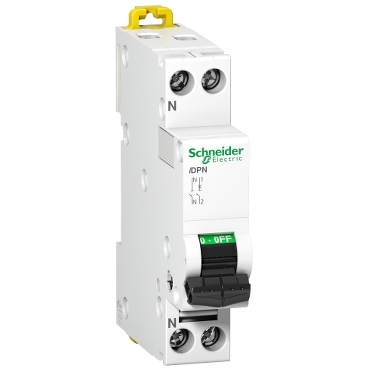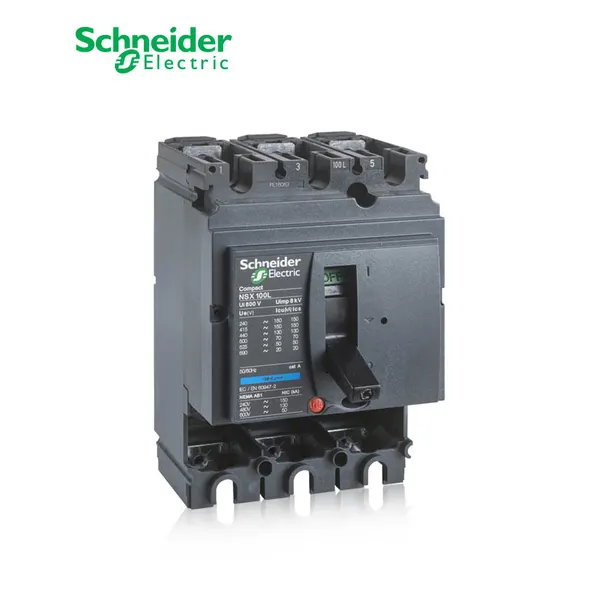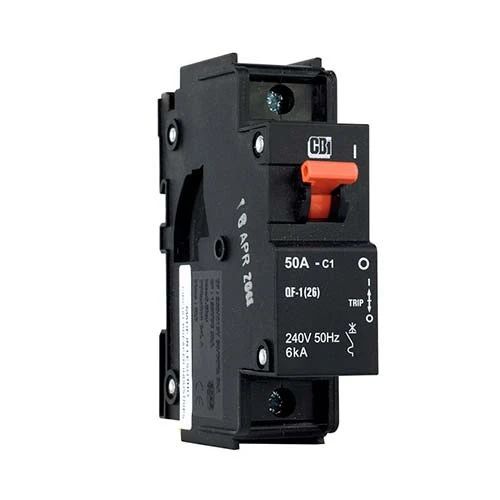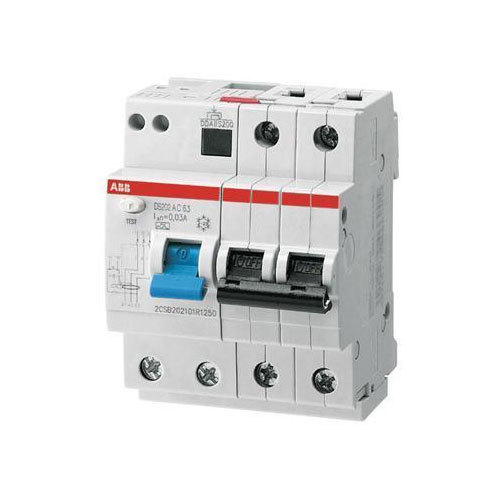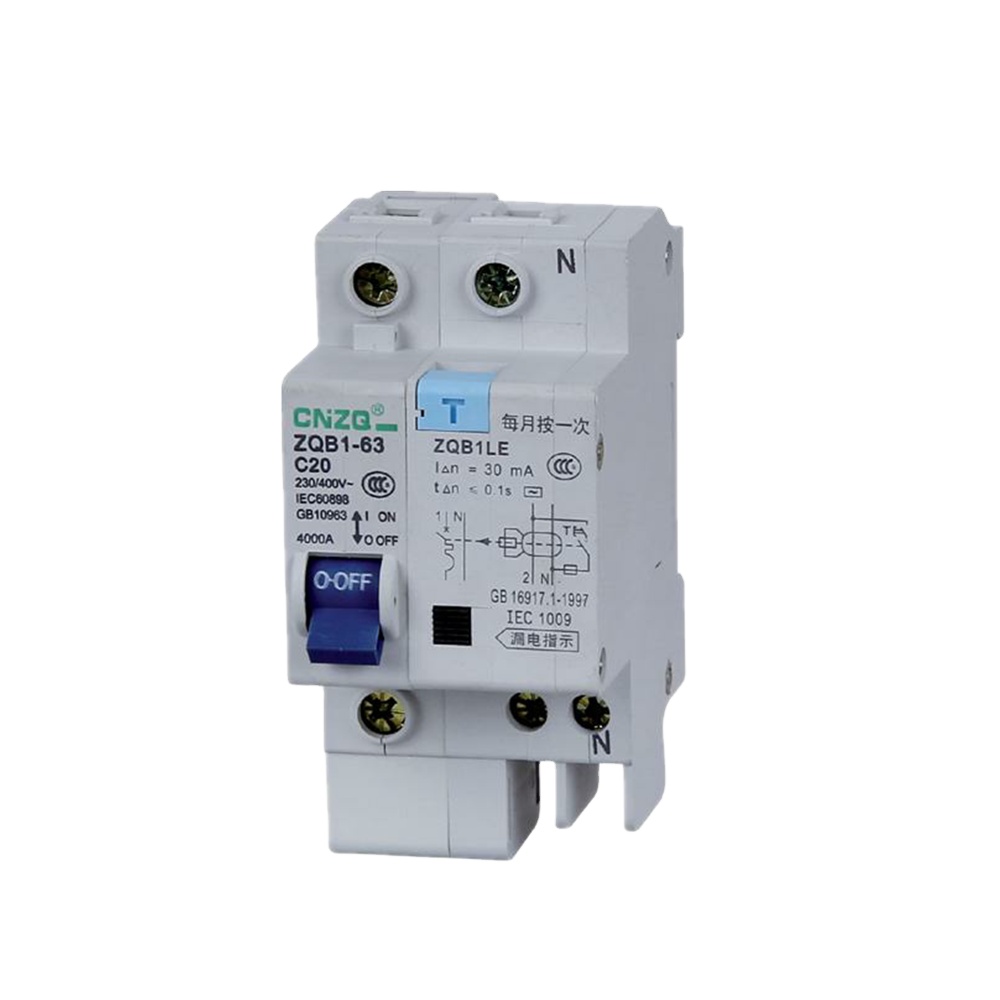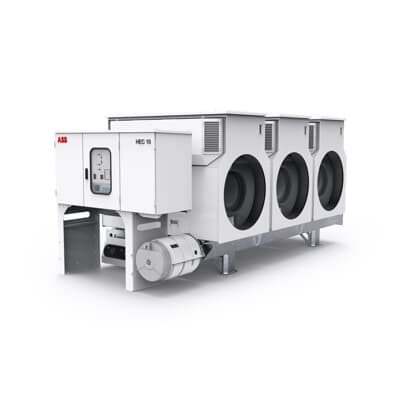DO YOU WANT TO KNOW DETAIL ABOUT OUR PRODUCTS??
The basic definition of the circuit breaker:
The elecctrical device which has the capability to protect the circuit under the occurrence of the fault and to clear the fault condition is called a ‘Circuit Breaker’.
It can be easily operated with the following conditions.
- Under the normal condition, the circuit breaker can open or close the circuit by the manual or remote control.
- Under the fault or abnormal condition, the circuit breaker automatically open the circuit. And it can close (or make) the circuit by the manual or remote control.
Based on the high tension:
Under the power system protection, the circuit breaker is classified in different ways. Based on arc extinction or quenching medium, it is mainly divided into five main parts.
- Air circuit breaker
- Air blast circuit breaker
- Oil circuit breaker
- Vacuum circuit breaker
- Sulphur Hexafluoride circuit breaker
Based on the low tension:
Basically, the classification of the circuit breaker relies on some features like voltage rating, working principle, current carrying capacity, size, etc.
- Miniature circuit breaker (MCB)
- Molded case circuit breaker (MCCB)
- Solid-state (Digital) circuit breaker
- Residual current circuit breaker (RCCB)
- Earth leakage circuit breaker (ELCB)
LOW TENSION BREAKERS

